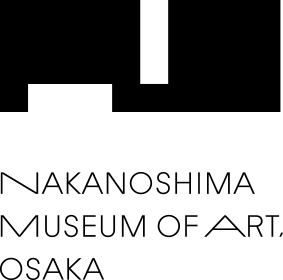LEARNINGLearn
Research
Typical examples of this are our accumulation of “Oral Histories about Postwar Japanese Art” through interviews with artists, people in the field of art and design, and others and the Industrial Design Archive Project, which records postwar industrial designs and collects the memories of developers.
We present the outcomes of research projects based on this collaboration to a broad audience through online and paper-based publications, and through workshops and other events, and we make active use of these outcomes to create art and design exhibitions that are comprehensive and far-reaching.
Industrial Design Archives Project
Viewing industrial design products, particularly household appliances and building materials for industrially-produced homes, as a key element in shaping postwar Japanese lifestyles, social trends, and values, the Industrial Design Archives Project (IDAP) sets out to accumulate official records (product information) and memories (oral histories) about them.
Making use of the platform provided by the Nakanoshima Museum of Art, Osaka, which serves as the secretariat for the Industrial Design Archives Conference that runs the IDAP, information collected through collaboration with corporations and academic institutions is made public in a variety of ways, and utilized in order to encourage analysis and research from new perspectives. By promoting the verification and cultural and historical re-evaluation of materials in the field of industrial design, which continues to develop today, and doing so in Osaka, which built its reputation in the postwar era as a household appliance powerhouse, developing a major industry focusing on household and commercial electrical appliances, the IDAP aims to showcase the capabilities of Osaka City and the design expertise of postwar Japan.
Oral histories
The aim of our Oral Histories of Postwar Japanese Art is to provide fresh insights into postwar Japanese art from multiple perspectives by focusing on the processes leading to its creation and its historical background through collecting oral histories from artists, creators, and the people who were involved with them, rather than simply gathering information about the works alone.
The museum collects and publishes oral histories with the aim of contributing to future developments in research by passing on people’s memories, which would become lost to the past if they were not actively collected and accumulated.






